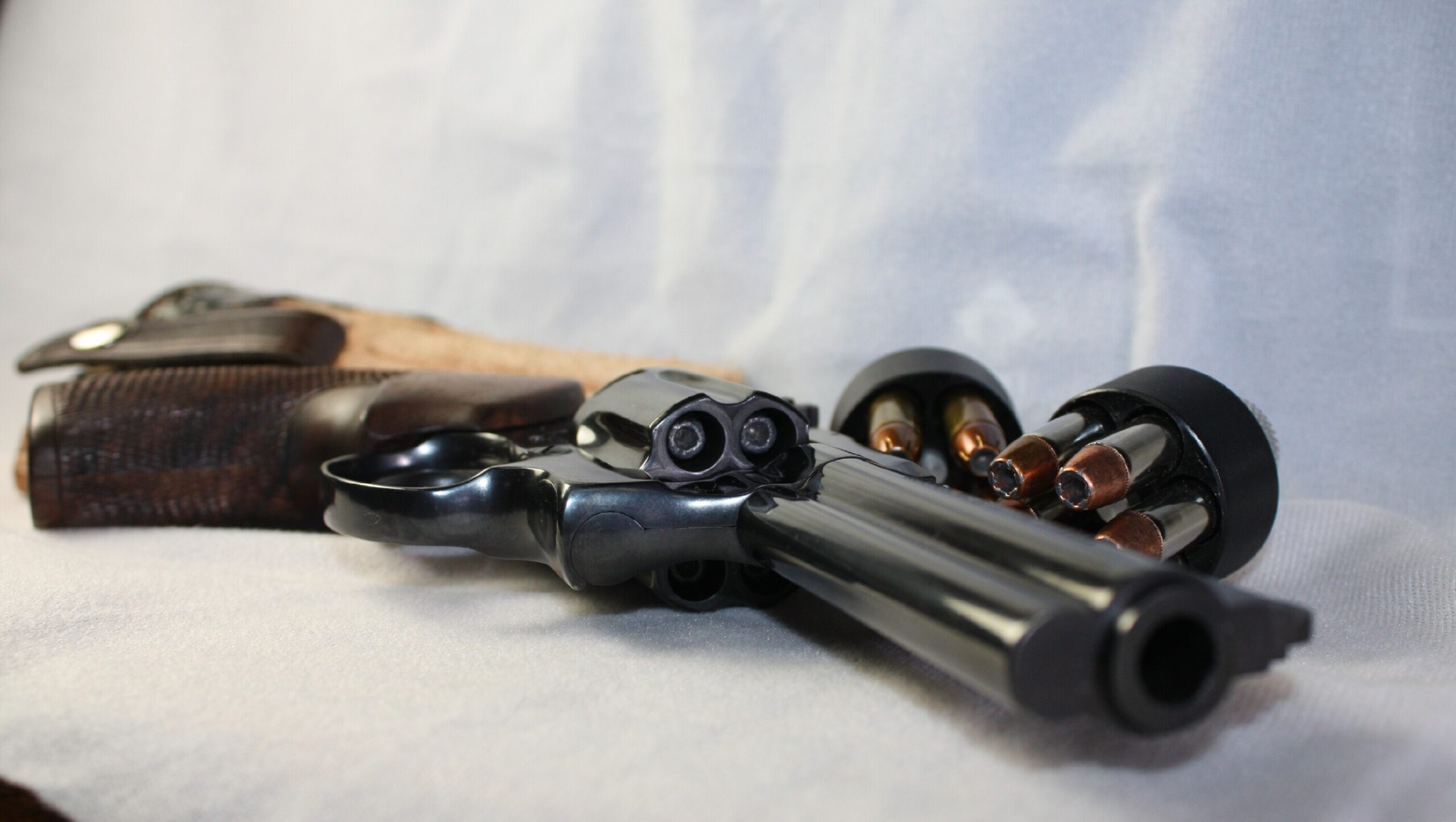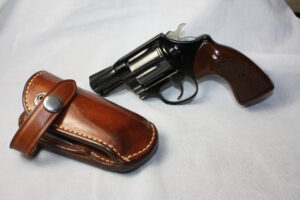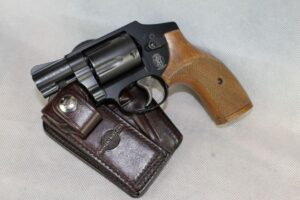
By Dave Workman
Editor-in-Chief
Introduced way back in 1902, the .38 Special has been cheered, championed and occasionally maligned by handgunners over the decades, depending upon their sidearm preferences, or maybe they were just having a bad day and there was no dog to kick.
Truth be told, there are more powerful cartridges, more popular calibers and more effective rounds in the marketplace, but when it comes to the ability to consistently deliver the goods, the .38 Special can perform. It’s been my observation that this round may achieve its full potential at the loading bench, where careful handloaders can often brew loads which work reliably in their personal revolver, with devastating downrange results.
I’ve known people who used various .38 Special revolvers to stop predators both two-and four-legged, to win shooting matches, put meat on the table and discourage misbehavior in their presence without having to press a trigger. Early in my career, I carried a second-hand Smith & Wesson Chief’s Special—the Model 36 with a square butt and five-shot capacity—in an ankle holster, and sometimes in a Safariland upside down shoulder holster. Once or twice, I simply stuck it in my parka pocket.
I’ve tested various handguns chambered for the .38 Special, and own couple now, a Colt Diamondback and S&W Model 442 hammerless. They have all gone “BANG!” with authority.
The original load featured a 158-grain roundnose lead bullet, which was hardly the most impressive round. Over the years, of course, thanks to the development of far better projectiles weighing anywhere from 110 grains to 158 grains, with the 125-grain JHP being by far the best compromise for trajectory and performance—in my opinion—along with better propellants that give this 120-year-old cartridge considerable pizzazz, the .38 Special has earned its spurs and then some.
Every detective show on television has seen the hero packing a .38 Special at one time or another. Big screen motion pictures made the .38 larger than life, and depending upon the sound effects, either a capgun or cannon.
Having loaded lead semi-wadcutters, JHPs, jacketed flatnose pills and some inverted wadcutters with the hollow bases, I can say without fear of contradiction that anything on the receiving end is not going to have a very good day.

In preparation for this article, I looked back over the years and even pulled out a couple of good loading manuals, reminding myself of the massive number of loading recommendations which are available. There are so many fine propellants and different bullet choices it is impossible to suggest any are better than the rest.
The loads that have worked for me include 3.5 grains of HP38 behind a 125-grain bullet, another combination with the same bullet but a stiffer charge of HP38 I learned about in a telephone conversation with the late Bruce Hodgdon, and a third load at near +P level using 10.0 grains of then-Hercules 2400, also launching a 125-grainer (you will find it in the Speer Reloading Manual No. 11 on page 401). I have also loaded rounds more recently with such newer propellants as CFE Pistol, HS-6, Auto Comp and Titegroup, but I have to admit I still like the load Hodgdon suggested at 4.7 grains of HP38, which I found to work rather well in my Model 19 Smith & Wesson with a 6-inch barrel. Some years ago, I loaded up a 50-round box of those rounds for my late uncle, who had a 4-inch Model 19 and he was really impressed when he put a half-dozen of them through a 4×4-inch fence post.

For target work, I quickly learned that 3.5 grains of HP38 behind a 148-grain lead semi-wadcutter shot accurately enough for me to come in first at a casual handgun match at my local range, where paper targets included one depicting a cottontail rabbit. I sort of fudged on that one by actually looking closely at the target ahead of time to learn one got the most points by shooting at the head rather than the shoulder area. My tight little group obliterated the noggin, and brought in the high score.
Case preparation is a must. I wet tumble my brass in a Lyman Cyclone with thousands of tiny steel pins, hot water and a capful of liquid soap. Roll cases around for about two hours and they come out shiny like new. Let them dry for a few days and then go to work, resizing them and making sure the primer pockets are clean.
Always check your empty cases for small cracks, as some .38 Special brass can crack under higher pressures. Toss these into the trash immediately.
A word must be said about the Model 19 S&W with the 6-inch tube. It was my first magnum revolver, and a remarkably accurate tool with a Patridge front sight. I carried it for some years in an old Safariland shoulder holster during the winter, where it vanishes under a parka.

For my Colt Diamondback, I still use the 125-grain/HP38 load. It’s not a +P load (which should never be used in a Diamondback), yet it is stout enough at about 875 fps to conk small game, and in a defensive situation, it will get someone’s full attention. I’ve built a couple of holsters for that sixgun, including a pancake-style rig and an IWB with a rough-out exterior that hides the gun very well.
I’ve come to rely on CCI small pistol primers exclusively. I’ve never had a misfire with a .38 Special reload, although there was a disappointing squib load many years ago I had to tap out one afternoon.
To fully appreciate the diversity of the .38 Special, get hold of Hodgdon’s 2022 Annual Manual. You will be fascinated by the number of load recommendations and the variety of projectiles available.
Shoot straight and stay safe.




